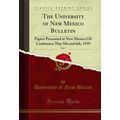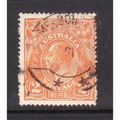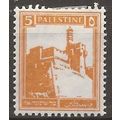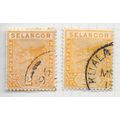Leominster, Herefordshire - Chequers Pub - postcard c.1980s
- Condition : Used
- Dispatch : 2 Days
- Brand : None
- ID# : 202568685
- Quantity : 1 item
- Views : 371
- Location : United Kingdom

- Seller : justthebook (+1699)
- Barcode : None
- Start : Tue 22 Jun 2021 15:53:50 (BST)
- Close : Run Until Sold
- Remain : Run Until Sold
More Listings from This Seller view all
Seller's Description
- Postcard
- Picture / Image: Chequers Pub, Leominster [Herefordshire]
- Publisher: AC Moss
- Postally used: no
- Stamp: n/a
- Postmark(s): n/a
- Sent to: n/a
- Notes / condition:
Please ask if you need any other information and I will do the best I can to answer.
Image may be low res for illustrative purposes - if you need a higher definition image then please contact me and I may be able to send one. No cards have been trimmed (unless stated).
------------------------------------------------
Postage & Packing:
Postage and packing charge should be showing for your location (contact if not sure).
No additional charges for more than one postcard. You can buy as many postcards from me as you like and you will just pay the fee above once. Please wait for combined invoice. (If buying postcards with other things such as books, please contact or wait for invoice before paying).
Payment Methods:
UK - PayPal, Cheque (from UK bank) or postal order
Outside UK: PayPal ONLY (unless otherwise stated) please. NO non-UK currency checks or money orders (sorry).
NOTE: All postcards are sent in brand new stiffened envelopes which I have bought for the task. These are specially made to protect postcards and you may be able to re-use them. In addition there are other costs to sending so the above charge is not just for the stamp!
I will give a full refund if you are not fully satisfied with the postcard.
----------------------------------------------
Text from the free encyclopedia WIKIPEDIA may appear below to give a little background information (internal links may not work) :
*************
Leominster (/ˈlɛmstər/ (About this soundlisten) LEM-stər) is a market town in Herefordshire, England, at the confluence of the River Lugg and its tributary the River Kenwater 12 miles (19 km) north of Hereford and 7 miles south of Ludlow in Shropshire. With a population of 11,700,[1] Leominster is the largest of the five towns (Leominster, Ross-on-Wye, Ledbury, Bromyard and Kington) in the county.
From 1974 to 1996, Leominster was the administrative centre for the former local government district of Leominster.
Toponymy
The town takes its name from a minster, that is a community of clergy in the district of Lene or Leon, probably in turn from an Old Welsh root lei to flow.[2] Contrary to certain reports, the name has nothing to do with Leofric, an 11th-century Earl of Mercia (most famous for being the miserly husband of Lady Godiva). The Welsh name for Leominster, used today by a few on the Welsh side of the nearby border, is Llanllieni.
History
During the Early Middle Ages, Leominster was home to Æthelmod of Leominster, an English saint known to history mainly through the hagiography of the Secgan Manuscript.[3] He is reputedly buried in Leominster.
During the 8th and 9th Century, Danes (or Vikings) frequently raided the area. In 2015, two individual (operating without landowner permission), using metal detectors, found a large hoard near Leominster (the Leominster hoard) consisting primarily of Saxon jewellery and silver ingots but also coins; the latter date to around 879 CE. According to a news report, "experts believe it was buried by a Viking during a series of raids", while Wessex was ruled by Alfred the Great and Mercia by Ceolwulf II of Mercia. [4]
According to the Anglo-Saxon Chronicle, a raid by Gruffudd ap Llywelyn on Leominster in 1052 resulted in the Battle of Llanllieni, between the Welsh and a combined force of Normans (mercenaries) and English Saxons.[5]
Henry I bestowed the minster and its estates on Reading Abbey, which founded a priory at Leominster in 1121, although there was one here from Saxon times.[6] Its Priory Church of St. Peter and St. Paul, which now serves as the parish church, is the remaining part of this 12th-century Benedictine monastery. Quatrefoil piers were inserted between 1872–79 by Sir George Gilbert Scott.[7]
The priory was ransacked by the Welsh forces of Owain Glyndŵr after their victory at the Battle of Bryn Glas near Pilleth in 1402, along with several local manor houses.
Investigations to the north of the priory in 2005 located the position of the cloister, although most of the stone had been stolen following the Dissolution. Discarded animal bones found on the site when submitted to carbon dating showed that the area was occupied in the 7th century. This agrees with the date of 660 CE associated with the founding myth, which suggests a Christian community was established here by a monk, St. Edfrid, from Northumberland.
Leominster is also the historical home of Ryeland sheep, a breed once famed for its "Lemster" [sic] wool, known as 'Lemster ore'. This wool was prized above all other English wool in trade with the continent of Europe in the Middle Ages. It was the income and prosperity from this wool trade that established the town and the minster and attracted the envy of the Welsh and other regions.[citation needed]
From approximately 1748 to 1754, Pinsley Mill in Leominster was home to one of the Paul-Wyatt cotton mills, the first four cotton mills in the world, employing the spinning machines of Lewis Paul and John Wyatt.[8] The mill was financed by Lancashire native Daniel Bourn, and was partly owned by other men from Lancashire. Bourn introduced his own version of the carding engine to work at this mill, and of the four Paul-Wyatt mills, it may have been the most successful, as shortly after the fire that destroyed the mill, it was reported that the cotton works "had been viewed with great pleasure and admiration by travellers and all who had seen them."[9]
One of the last ordeals by ducking stool took place in Leominster in 1809, with Jenny Pipes as the final incumbent.[10] The ducking stool is on public display in Leominster Priory; a mechanised depiction of it is featured on the town clock.[11]
Listing Information
| Listing Type | Gallery Listing |
| Listing ID# | 202568685 |
| Start Time | Tue 22 Jun 2021 15:53:50 (BST) |
| Close Time | Run Until Sold |
| Starting Bid | Fixed Price (no bidding) |
| Item Condition | Used |
| Bids | 0 |
| Views | 371 |
| Dispatch Time | 2 Days |
| Quantity | 1 |
| Location | United Kingdom |
| Auto Extend | No |

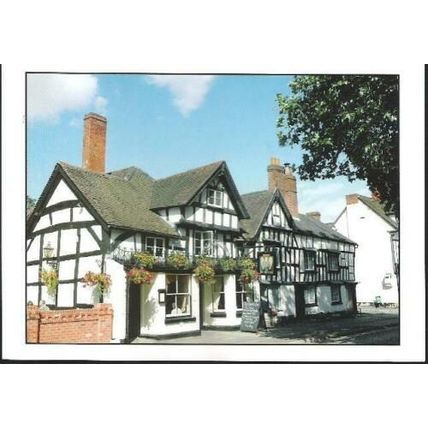

 for 1 item(s)
for 1 item(s)









